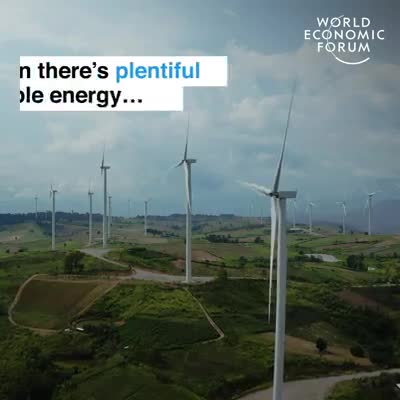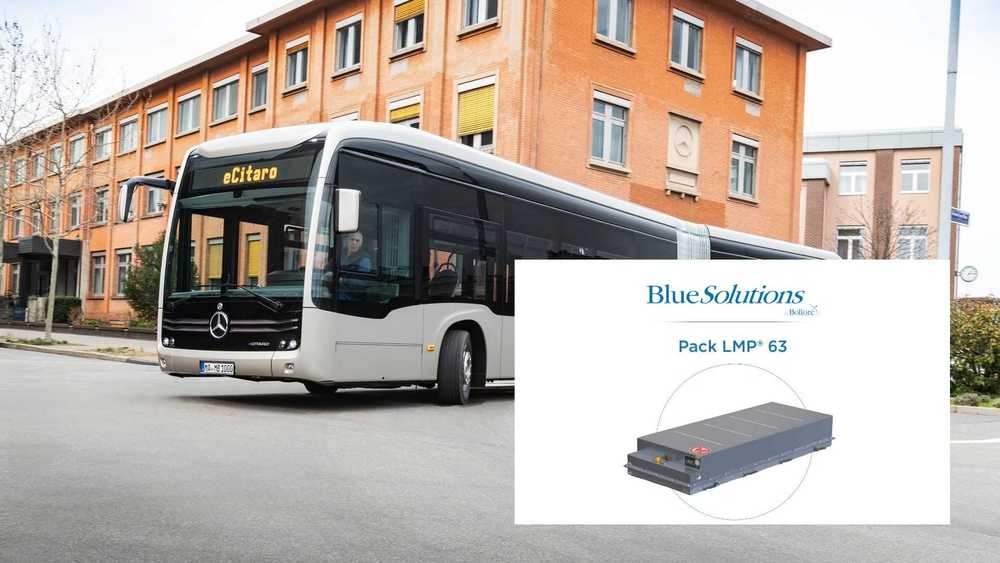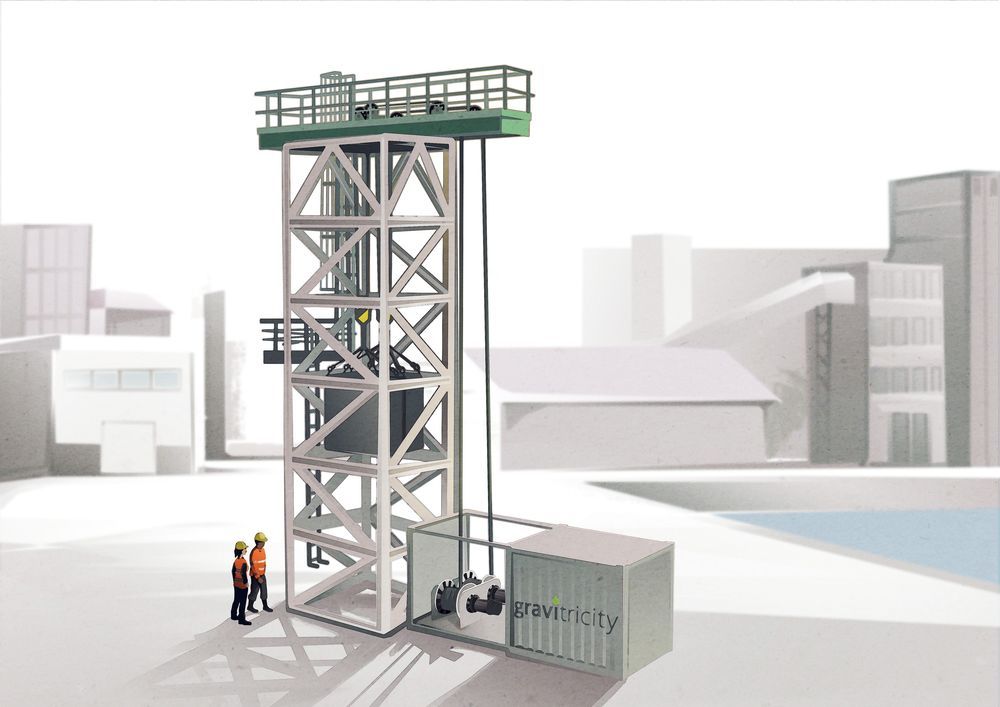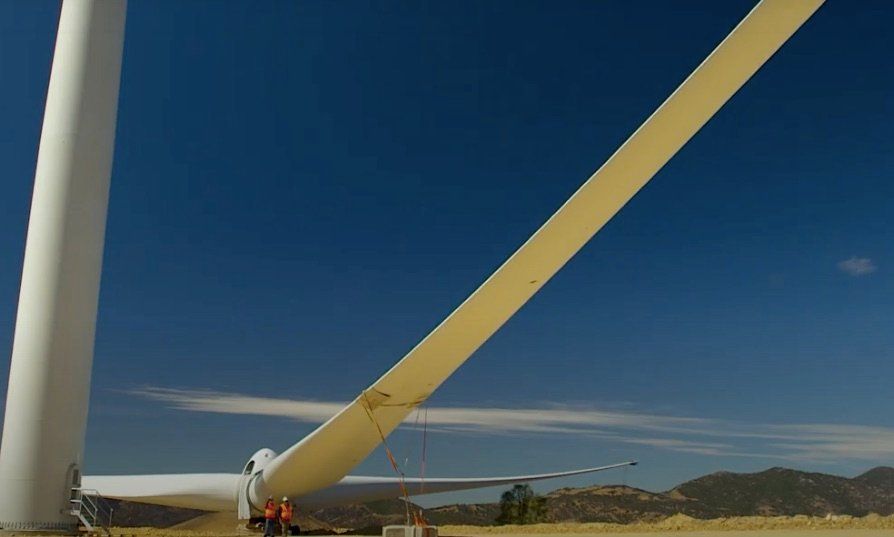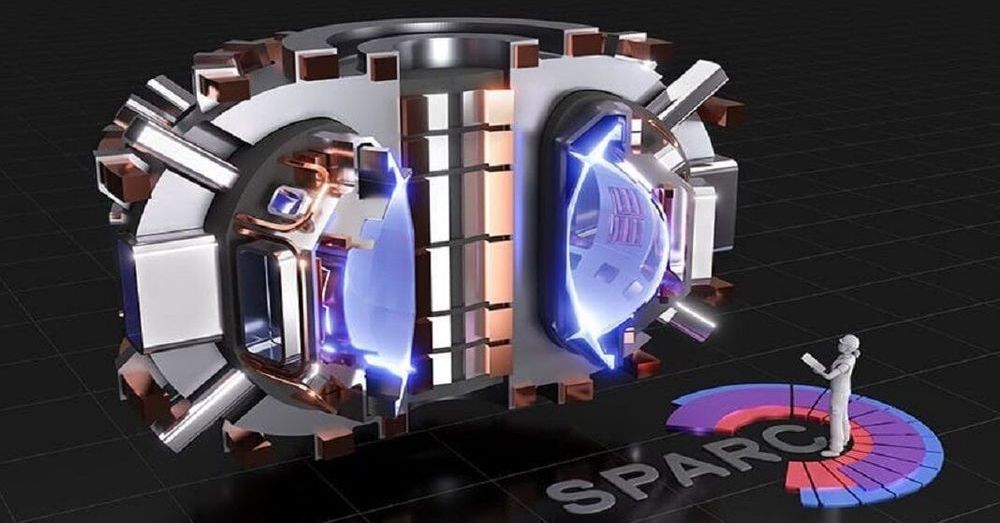Archive for the ‘energy’ category: Page 230
Oct 13, 2020
Mercedes-Benz eCitaro Uses All-Solid-State Batteries From BlueSolutions
Posted by Quinn Sena in category: energy
Mercedes-Benz used the LMP all-solid-state batteries on the eCitaro, but it is not like it used to be, according to BlueSolutions. Check their evolution.
Oct 13, 2020
Stable Higgs mode in anisotropic quantum magnets
Posted by Quinn Sena in categories: energy, quantum physics
The Higgs mode associated with the amplitude fluctuation of an order parameter can decay into other low-energy bosonic modes, which renders the Higgs mode usually unstable in condensed matter systems. Here, the authors propose a mechanism to stabilize the Higgs mode in anisotropic quantum magnets. They show that magnetic anisotropy gaps out the Goldstone magnon mode and stabilizes the Higgs mode near a quantum critical point. The results are supported by three independent approaches: a bond-operator method, field theory, and quantum Monte Carlo simulation with analytic continuation.
Oct 13, 2020
This Wind-Powered Super Sailboat Will Carry 7,000 Cars Across the Atlantic
Posted by Quinn Sena in categories: energy, transportation
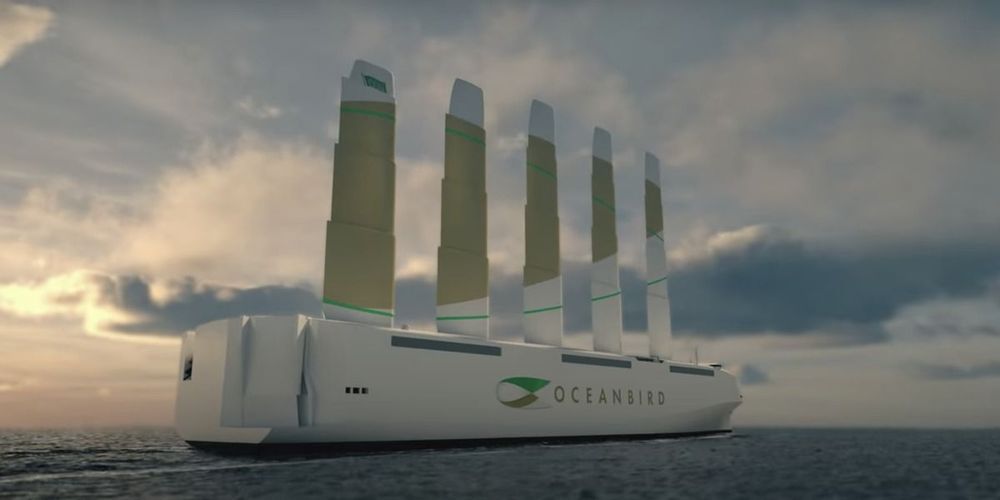
The cargo ship of the future is coming.
A wind-powered super sailboat could change how we ship cargo, reducing energy-related carbon emissions in a method still used by 90 percent of manufactured goods. The Wallenius Marine OceanBird can carry 7,000 cars at a time and is powered totally by wind.
Continue reading “This Wind-Powered Super Sailboat Will Carry 7,000 Cars Across the Atlantic” »
Oct 11, 2020
Prototype gravity-based energy storage system begins construction
Posted by Raphael Ramos in categories: energy, sustainability
As renewable energy generation grows, so does the need for new storage methods that can be used at times when the Sun isn’t shining or the wind isn’t blowing. A Scottish company called Gravitricity has now broken ground on a demonstrator facility for a creative new system that stores energy in the form of “gravity” by lifting and dropping huge weights.
If you coil a spring, you’re loading it with potential energy, which is released when you let it go. Gravitricity works on the same basic principle, except in this case the springs are 500- to 5,000-tonne weights. When held aloft by powerful cables and winches, these weights store large amounts of potential energy. When that energy is needed, they can be lowered down a mineshaft to spin the winch and feed electricity into the grid.
Gravitricity says that these units could have peak power outputs of between 1 and 20 MW, and function for up to 50 years with no loss of performance. Able to go from zero to full power in under a second, the system can quickly release its power payload in as little as 15 minutes or slow it down to last up to eight hours.
Oct 9, 2020
This Analyst Thinks Tesla Stock Is Headed to $578
Posted by Genevieve Klien in categories: business, energy, sustainability, transportation
The electric-car maker could benefit from improving profitability on vehicle sales and huge growth in its nascent energy business.
Oct 9, 2020
Solid Power Is Delivering Its 1st Generation All-Solid-State Battery
Posted by Quinn Sena in category: energy
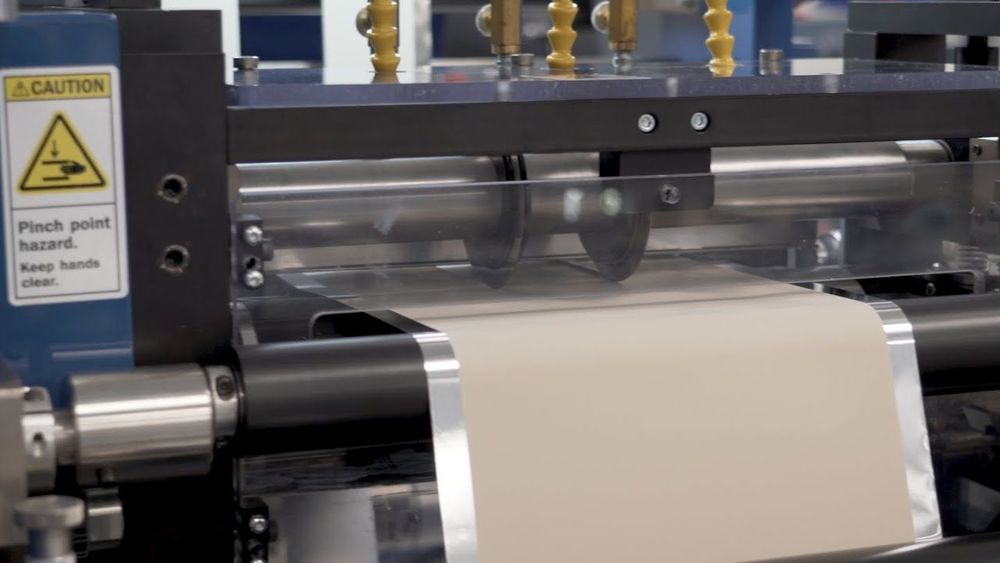
https://youtube.com/watch?v=hEPqW9G1UDc
Solid Power started to deliver the first generation of its all-solid-state batteries to strategic partners. They are lighter and more powerful than NMC.
Oct 9, 2020
World’s biggest wind and solar producer now worth more than ExxonMobil
Posted by Kelvin Dafiaghor in categories: energy, sustainability, transportation
Renewable energy is now richer than the Oil industry.
In yet another sign of the pace of the global energy transition – and the massive switch taking place in the investment community – the market value of company that describes itself as the world’s biggest producer of wind and solar power, US utility NextEra, has overtaken that of what used to be the world’s most valuable company, oil major ExxonMobil.
The flip occurred last last week, when NextEra overtook ExxonMobil to become the largest energy company in the US by market value. As Forbes reported, an investment in NextEra a decade ago would have delivered to return of 600 per cent, while an investment in ExxonMobil would have returned minus 25 per cent.
Continue reading “World’s biggest wind and solar producer now worth more than ExxonMobil” »
Oct 9, 2020
New Reactor Design Could Produce First Ever Energy-Positive Fusion Reaction
Posted by Raphael Ramos in categories: energy, physics
Could this be the energy source of the future?
The secret to the SPARC reactor is that its magnets will be built from new high-temperature superconductors that require much less cooling and can produce far more powerful magnetic fields. That means the reactor can be ten times more compact than ITER while achieving similar performance.
As with any cutting-edge technology, converting principles into practice is no simple matter. But the analysis detailed in the papers suggests that the reactor will achieve its goal of producing more energy than it sucks up. So far, all fusion experiments have required more energy to heat the plasma and sustain it than has been generated by the reaction itself.
Continue reading “New Reactor Design Could Produce First Ever Energy-Positive Fusion Reaction” »
Oct 8, 2020
Why this space age airplane could change flying forever
Posted by Derick Lee in categories: energy, transportation
Airbus’s plan to bring to market a zero-emission passenger aircraft by 2035 means it needs to start plotting a course in terms of technology in 2025. In fact it needs to plot several courses.
It looks like something out of “Star Trek,” and runs on a fuel experts once thought “crazy,” but Airbus hopes that in 15 years we’ll be flying into a greener future aboard this new zero-emission aircraft concept.
